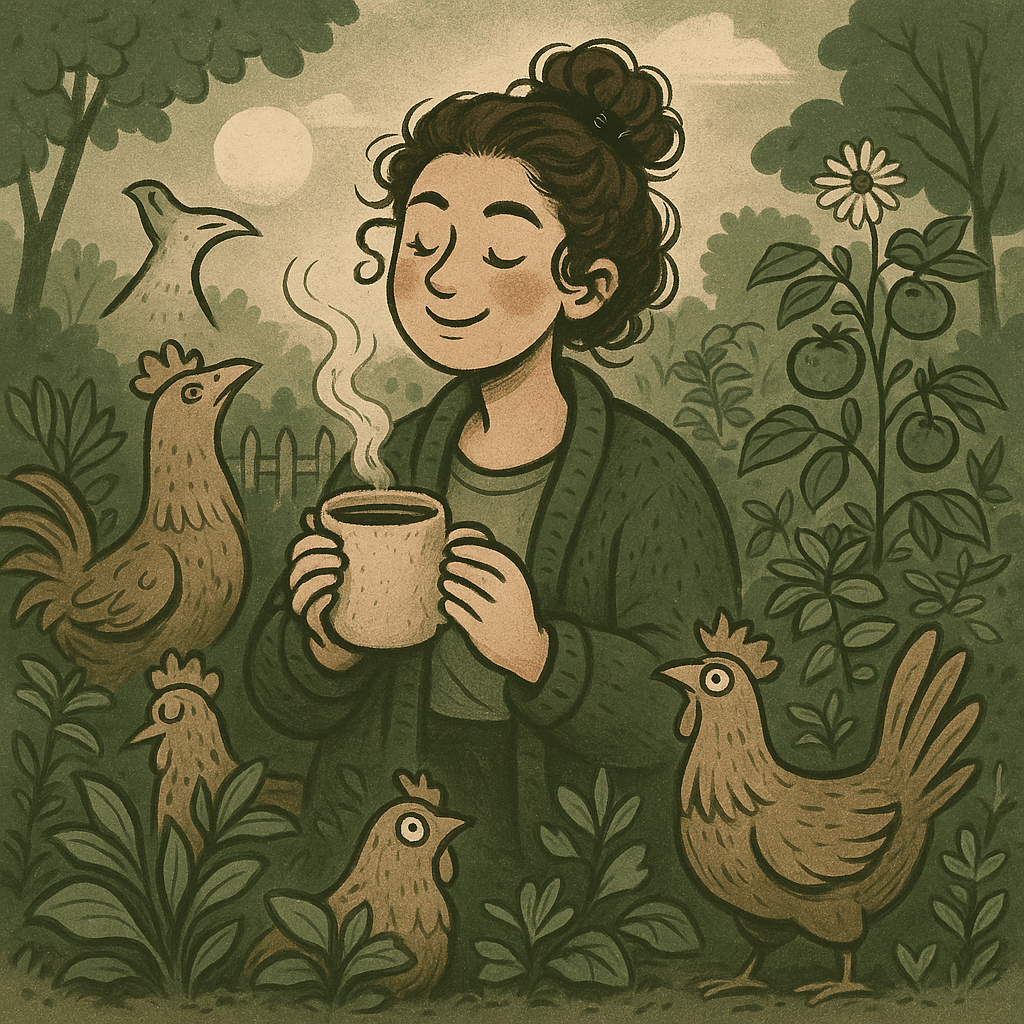
This site uses affiliate links and I may earn a small commission when you use my links and make a purchase without incurring additional fee yourself. Many thanks for supporting this website.
Please click here for more details.
The Early Growth Stages of a Pumpkin Plant: Its Life Cycle
There’s something magical about growing your own pumpkins—from planting a tiny seed to watching vibrant vines take over your garden. Whether you're dreaming of autumn decorations, hearty pumpkin soups, or giant gourds for competition, understanding the early life cycle of a pumpkin plant is the key to a bountiful harvest. This guide walks you through each early growth stage of a pumpkin plant and offers practical tips to help your garden thrive.
The Early Growth Stages of a Pumpkin Plant: Its Life Cycle
Stage One: Sowing Pumpkin Seeds – Where It All Begins
The life of a pumpkin starts in the soil, with the simple act of sowing seeds. But don’t be fooled—timing is everything. Pumpkin seeds require warm soil to germinate properly, ideally between 70°F and 95°F (21°C to 35°C). Planting in cold soil can delay or inhibit sprouting altogether.
Soil Conditions: Warmth, Nutrition, and Structure
Pumpkins are heavy feeders. They flourish in nutrient-rich soil that retains moisture while draining efficiently. Before planting, enrich your soil with well-rotted manure or organic compost. This boosts fertility, enhances texture, and sets the foundation for strong root development.
How to Sow Pumpkin Seeds Like a Pro
Plant seeds about 1 inch deep, spacing them at least 3 feet apart to accommodate their sprawling vines. If planting in rows, leave enough room between each for airflow and easy access. Crowded plants risk poor circulation, which can encourage pests and fungal diseases.
Stage Two: Germination and the Seedling Phase
Once your seeds are snug in the soil, the real transformation begins. Germination is where the seed cracks open and sends out its first sprout—tiny but mighty.
Pumpkin Sprouts and Cotyledons
Within 7 to 10 days, you’ll see green shoots emerging. These initial leaves are cotyledons—embryonic leaves that supply nutrients before the plant grows true leaves. They are round, soft, and temporary, but crucial for kickstarting your pumpkin’s life.
True Leaves: The Plant’s Powerhouse
Shortly after the cotyledons, true leaves will develop. These jagged, lobed leaves are larger and more complex. Their main job is photosynthesis—converting sunlight into energy. When you see these form, it’s a clear sign your plant is growing strong and ready to stretch.
Stage Three: Rapid Vine Growth and Flower Formation
As the seedling matures, the plant enters a phase of vigorous growth. The vines begin to sprawl, reaching out in all directions, looking for sunlight and space.
How Pumpkin Vines Grow
Pumpkins need full sun—at least 6 to 8 hours per day. Their vines grow fast and wide, sometimes covering entire garden beds. Without enough light or space, vines can become weak or prone to mildew. Make sure your patch has room to breathe.
Early Flowering: Meet the Blossoms
Pumpkin flowers arrive in two waves—first the male blossoms, then the female. Male flowers bloom in clusters and don’t produce fruit. Female flowers are solitary and distinguished by a small bulge at the base—this is the ovary, which becomes your pumpkin after pollination.
Stage Four: Pollination – The Make-or-Break Moment
Pollination is essential if you want pumpkins, not just flowers. This process allows pollen from male flowers to fertilize the female flowers, triggering fruit development.
Help Nature Out: Hand Pollination Tips
While bees are usually your best allies, you can step in and assist with hand pollination. Simply use a soft brush or your fingertip to transfer pollen from a male flower to the center of a female flower. It’s easy, quick, and often leads to better fruit set—especially in gardens with few pollinators.
Baby Pumpkins Begin to Form
After successful pollination, the female flower will wilt, and a small green pumpkin will begin to swell where the blossom once was. This is the exciting start of your fruiting stage. Monitor these baby pumpkins closely for signs of healthy development.
Stage Five: Nurturing Young Plants – Pest and Disease Management
In the early stages, pumpkins are vulnerable to pests and fungal diseases. Staying proactive is the best way to protect your plants.
Common Pests and How to Combat Them
Watch for cucumber beetles, squash bugs, and aphids—these can wreak havoc on your vines. Use organic pest control options like insecticidal soap, or introduce beneficial insects such as ladybugs and lacewings to keep bad bugs in check.
Fighting Fungal Foes
Fungal diseases like powdery mildew can cripple a pumpkin patch. Prevent it by ensuring good airflow: space your plants well, avoid overhead watering, and water early in the day so leaves can dry. Keeping soil moist (but not soggy) helps prevent root rot and other issues.
Final Stage: Watching for Maturity and Planning for Harvest
As the weeks pass and your pumpkin grows, you’ll notice the fruit transforming—from small and green to large and richly colored.
Signs Your Pumpkin Is Ready to Harvest
Mature pumpkins develop a deep orange hue, and the rind should feel hard. A gentle tap should produce a hollow sound. These are signs your pumpkin is ready to be cut from the vine.
Harvesting Pumpkins Properly
Use a sharp, clean knife or pruning shears to cut the stem 2 to 4 inches above the pumpkin. This extra stem helps preserve freshness. Handle pumpkins with care to prevent bruising. For large or specialty pumpkins, lift from the base—not the stem.
Final Thoughts: Grow Pumpkins Like a Pro
Understanding the early growth stages of a pumpkin plant gives you a serious edge in the garden. From seed to sprout, vine to fruit, each stage plays a role in producing strong, beautiful pumpkins. Pay attention to your soil, spacing, sun, and pollinators—and your patch will reward you generously.
Whether you're growing mini pumpkins for autumn décor or aiming for prize-winning giants, the journey starts the same: with one seed and a little care. Stay patient, stay watchful, and enjoy the transformation as your pumpkin patch comes to life.

Zia Paola
Zia Paola is a burnout survivor, chicken enthusiast, and former veterinary surgeon turned digital mischief-maker. She writes from her semi-chaotic smallholding in the UK, where she splits her time between unhinged chickens, rustic recipes, and helping others reclaim their lives from hustle culture. You can find her ranting lovingly about slow living, food, and freelance freedom at www.badinfluenzia.com.

Get mildly chaotic life advice, anti-burnout rants, and unsolicited chicken wisdom delivered straight to your inbox. No fluff. Just feathers.
Created with ©systeme.io



